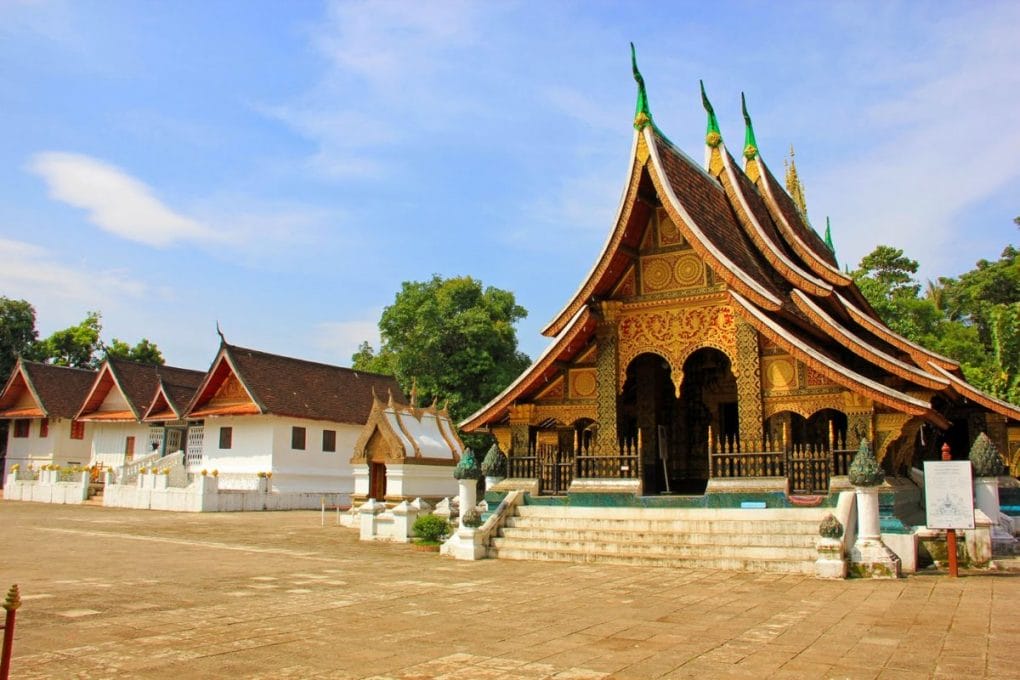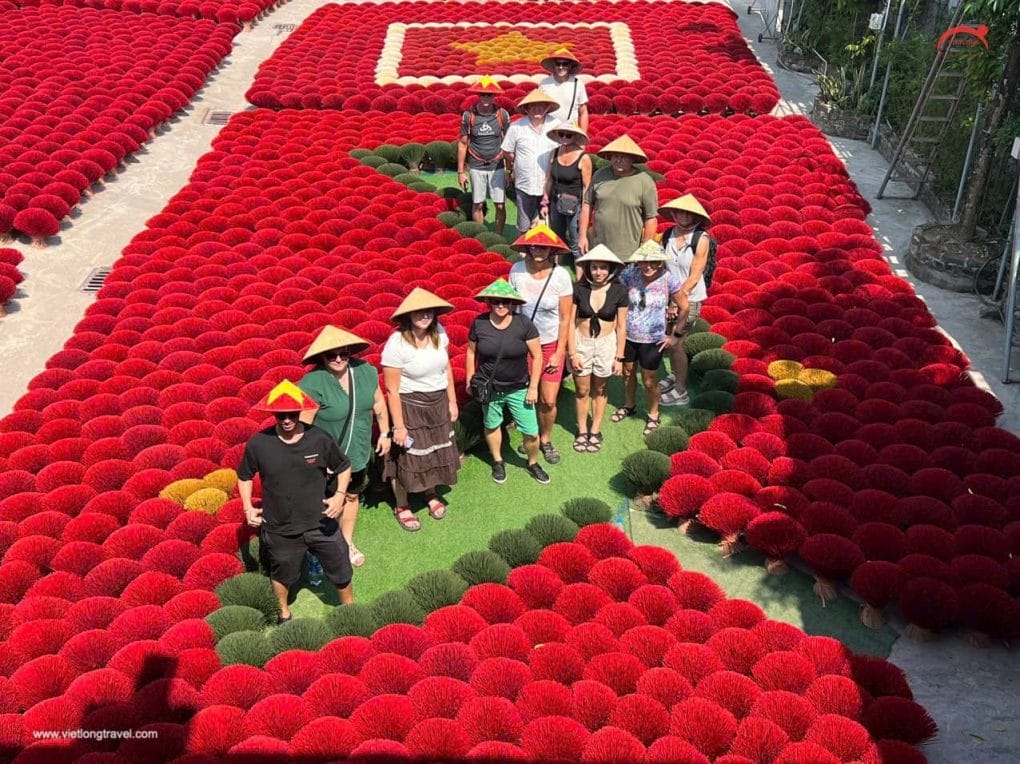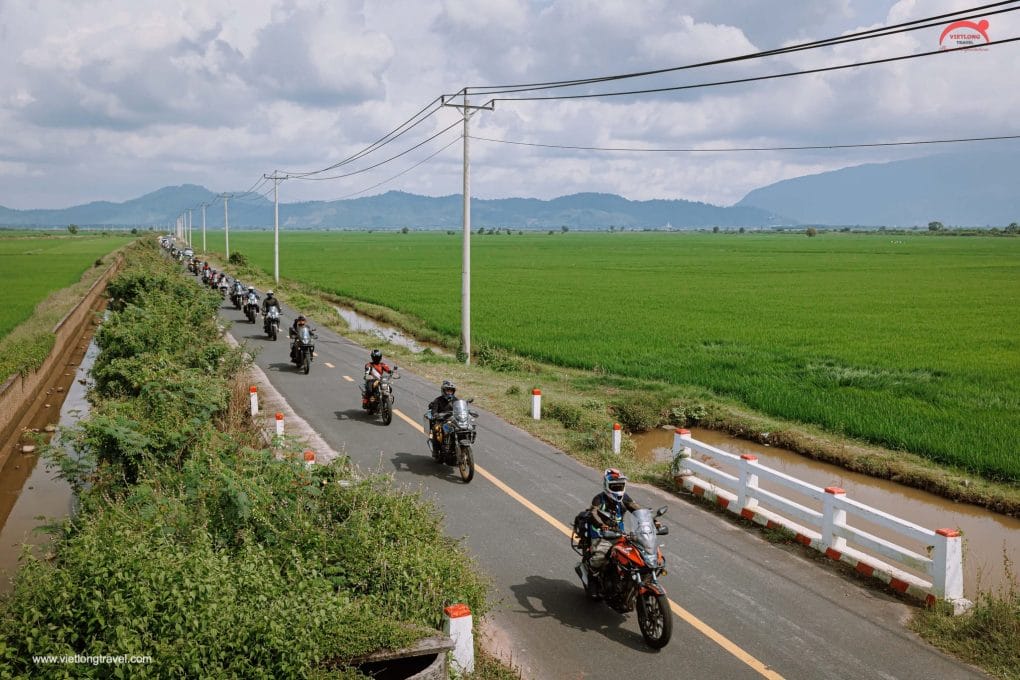Vietnamese literature is a rich tapestry of oral and written works that have evolved through centuries of cultural and historical changes. From ancient scripts to modern prose and poetry, Vietnam’s literary tradition reflects the nation’s resilience, creativity, and diverse cultural heritage. This article delves into the various phases of Vietnam literature, highlighting key periods, influential authors, and notable works that have shaped its development.
The Language and Scripts
Vietnam’s literary history is marked by the use of multiple scripts. Initially, much of the written work was in Classical Chinese due to a millennium of Chinese domination before the 11th century. The creation of Nom characters around the 10th century allowed writers to compose in Vietnamese using modified Chinese characters. Despite being considered inferior to Chinese at first, Nom grew in prestige and flourished in the 18th century, becoming the official written script for a brief period.
The Quoc Ngu script, created in the 17th century by French missionaries, did not gain widespread popularity until the early 20th century, when the French colonial administration mandated its use. By the mid-20th century, virtually all Vietnamese literature was composed in Quoc Ngu.
Folk Literature
Vietnam’s folk literature is a treasure trove of proverbs, tales, and epics passed down through generations. This body of work, rich in cultural significance, reflects the soul and vital power of the nation. Notable examples include the Muong ethnic group’s epic poem “Giving Birth to the Earth and Water” and the White Thai ethnic group’s “Seeing Off and Instructing the Loving Heart.”
The Han Characters
During the 1,000 years of Chinese rule, Classical Han Chinese became the language of the Vietnamese royal court and was used in trade, education, and state documents. The oldest extant literature written in Classical Han Chinese comprises 11th-century poems by Buddhist monks. By the 13th and 14th centuries, Confucian scholars were composing poems and important historical works in this script.

The Nom Characters
The Nom script, devised to transcribe spoken Vietnamese, marked a significant development in Vietnam’s literary history. Notable works in Nom include the 15th-century scholar Nguyen Trai’s “Proclamation of Victory over the Ngo” and the 18th-century narrative poems “Lament of a Warrior’s Wife” and “Lament of a Royal Concubine.”

The Quoc Ngu Script
The adoption of the Quoc Ngu script during the French colonial period revolutionized Vietnamese literature. Originally devised by French Jesuit missionary Alexandre de Rhodes, Quoc Ngu became a cornerstone of the French colonial educational system. By the late 19th century, the development of modern printing methods facilitated the production of literature in Quoc Ngu, leading to a literary renaissance.

Modern Vietnam Literature Before 1945
The early 20th century saw a flourishing of modern Vietnamese literature influenced by French romantic styles. The works of pioneering journalists and writers like Nguyen Van Vinh and Pham Quynh played a crucial role in popularizing Quoc Ngu as a literary medium. The Self-Reliance Literary Group, established in 1932, further contributed to the development of a modern prose language.
The Revolutionary Period (1945-1975)
Vietnam’s revolutionary literature emerged during the struggle for independence from French colonial rule. Prominent writers like To Huu and Nam Cao vividly depicted the hardships and resilience of the Vietnamese people. The period also saw the rise of militant poetry and prose that supported the revolutionary cause.
Post-1975 and Contemporary Literature
After reunification in 1975, Vietnamese literature began exploring themes of human suffering, official corruption, and social issues. The “Renovation” period of 1986 allowed writers greater creative freedom, resulting in some of the most exciting contemporary literature. Notable contemporary authors include Nguyen Huy Thiep, Pham Thi Hoai, Duong Thu Huong, and Bao Ninh.
Women in Vietnamese Literature
Women have made significant contributions to Vietnamese literature, particularly in the short story genre. Prominent female writers include Pham Thi Hoai, Le Minh Khue, and Vo Thi Hao, whose works have been celebrated for their depth and creativity.
Influential Authors and Works
-
Nguyen Du – “The Tale of Kieu”
- This epic poem is one of the most famous works in Vietnamese literature, detailing the tragic life of a talented young woman named Kieu.
-
Ho Xuan Huong – Feminist Poetry
- Known for her satirical and feminist poems, Ho Xuan Huong’s works critique the social norms and corruption of her time.
-
Nguyen Huy Thiep – “The Retired General”
- Thiep’s short stories, such as “The Retired General,” offer a poignant exploration of post-war Vietnam.
-
Bao Ninh – “The Sorrow of War”
- Ninh’s novel provides a haunting portrayal of the Vietnam War and its aftermath, blending realism with dream-like sequences.
-
Pham Thi Hoai – “The Crystal Messenger”
- Hoai’s works, including “The Crystal Messenger,” are known for their innovative narrative techniques and exploration of modern Vietnamese identity.
Themes and Movements
Vietnamese literature is characterized by several recurring themes and movements:
- Resistance and Revolution: Literature often reflects the nation’s struggles against foreign domination and colonial rule.
- Romanticism and Realism: Early 20th-century works were influenced by French romanticism, while later periods saw a shift towards realism and social critique.
- Modernism and Experimentation: Contemporary writers experiment with form and content, addressing issues such as corruption, social change, and identity.
Vietnam’s literature, with its rich history and diverse influences, offers a fascinating window into the country’s cultural and social evolution. From ancient scripts to modern narratives, the literature of Vietnam continues to inspire and captivate readers worldwide. As the nation progresses, its literary tradition remains a vital part of its cultural heritage, reflecting the enduring spirit and resilience of its people.
By understanding and appreciating the depth and breadth of Vietnamese literature, we gain insights into the complexities and richness of Vietnamese culture and history. As contemporary writers continue to explore new themes and styles, the future of Vietnamese literature promises to be as dynamic and compelling as its past.
FAQ about Vietnam Literature
What are the main scripts used in Vietnamese literature?
The main scripts used in Vietnamese literature are Classical Chinese, Nom characters, and Quoc Ngu. Classical Chinese was used during Chinese domination, Nom characters were developed to transcribe Vietnamese, and Quoc Ngu is the modern Romanized script created by French missionaries.
Who is considered the most famous Vietnamese author?
Nguyen Du is considered one of the most famous Vietnamese authors. His epic poem “The Tale of Kieu” is a cornerstone of Vietnamese literature and is highly regarded for its narrative and linguistic elegance.
How did the French colonial period influence Vietnamese literature?
The French colonial period introduced the Quoc Ngu script, which revolutionized Vietnamese literature by making it more accessible. French romantic styles also influenced Vietnamese writers, leading to a literary renaissance in the early 20th century.
What are some notable works in Vietnamese literature?
Notable works in Vietnamese literature include “The Tale of Kieu” by Nguyen Du, “The Sorrow of War” by Bao Ninh, and the feminist poems of Ho Xuan Huong. These works explore themes of love, war, social criticism, and human resilience.
How has modern Vietnamese literature evolved?
Modern Vietnamese literature has evolved to address contemporary issues such as human suffering, official corruption, and social change. The “Renovation” period of 1986 allowed for greater creative freedom, resulting in innovative and diverse literary works.
What role do women play in Vietnamese literature?
Women have made significant contributions to Vietnamese literature, especially in the genre of short stories. Prominent female writers include Pham Thi Hoai, Le Minh Khue, and Vo Thi Hao, whose works are celebrated for their depth and creativity.
What are the main themes in Vietnamese literature?
The main themes in Vietnamese literature include resistance and revolution, romanticism and realism, and modernism and experimentation. These themes reflect the nation’s struggles, cultural heritage, and evolving social landscape.
How does folk literature contribute to Vietnam’s literary tradition?
Folk literature, including proverbs, tales, and epics, is a vital part of Vietnam’s literary tradition. It reflects the cultural values, beliefs, and experiences of the Vietnamese people, passed down through generations.
What is the significance of the Nom script in Vietnamese literature?
The Nom script was significant in Vietnamese literature as it allowed writers to compose in Vietnamese using modified Chinese characters. This script marked a point of maturity in the national consciousness and led to the development of a distinct Vietnamese literary tradition.
These FAQs aim to provide a deeper understanding of Vietnamese literature and its various aspects, enhancing engagement and knowledge for readers interested in this rich and diverse literary tradition.













